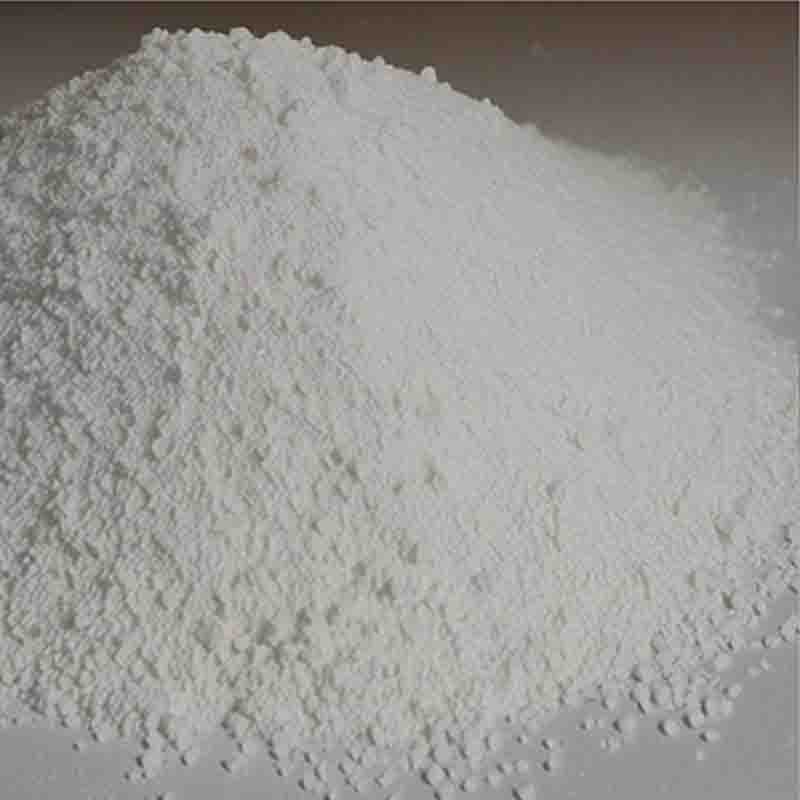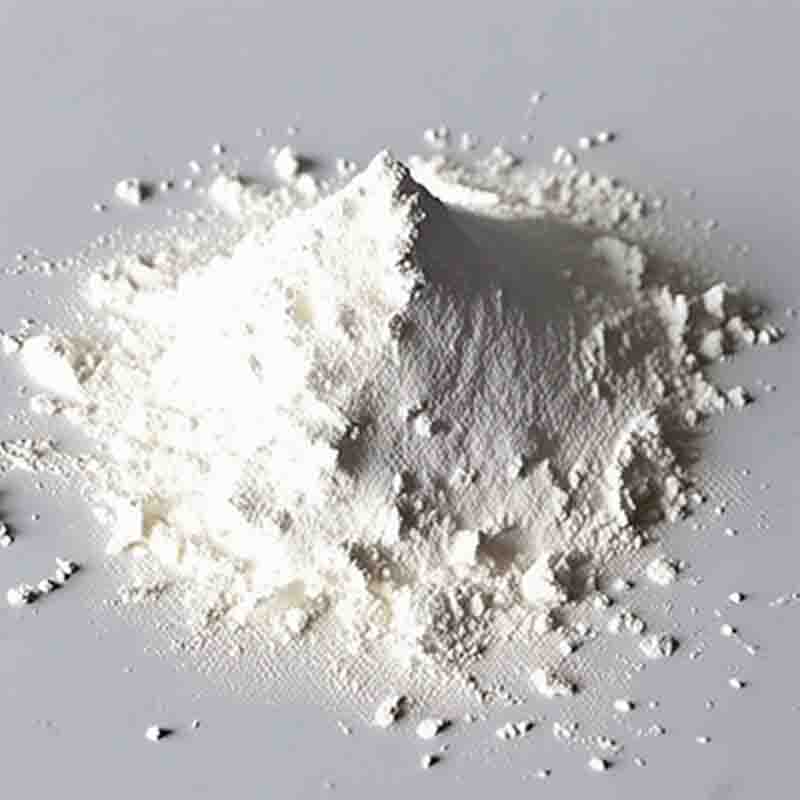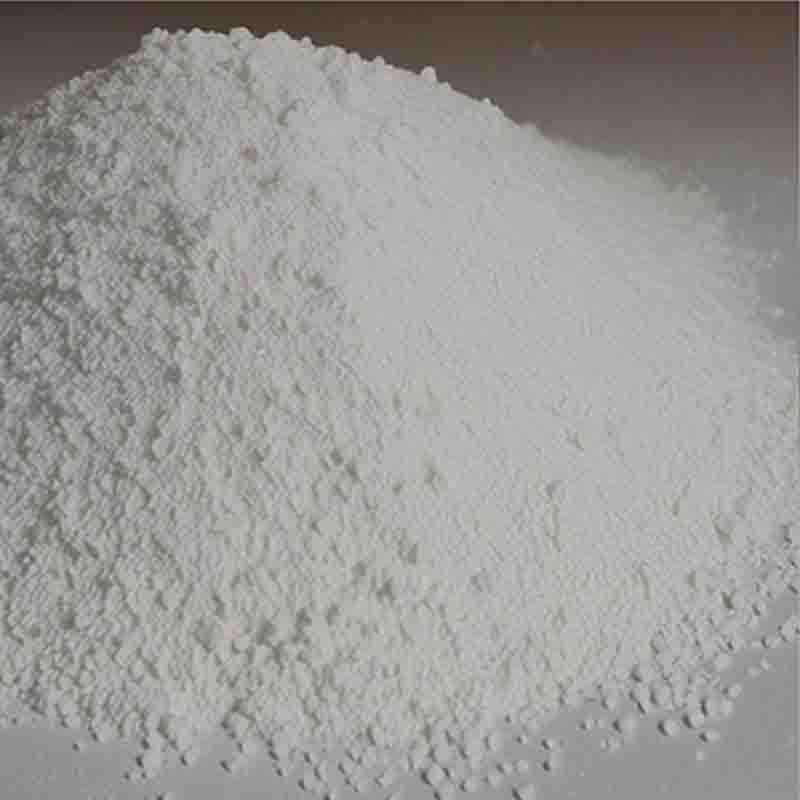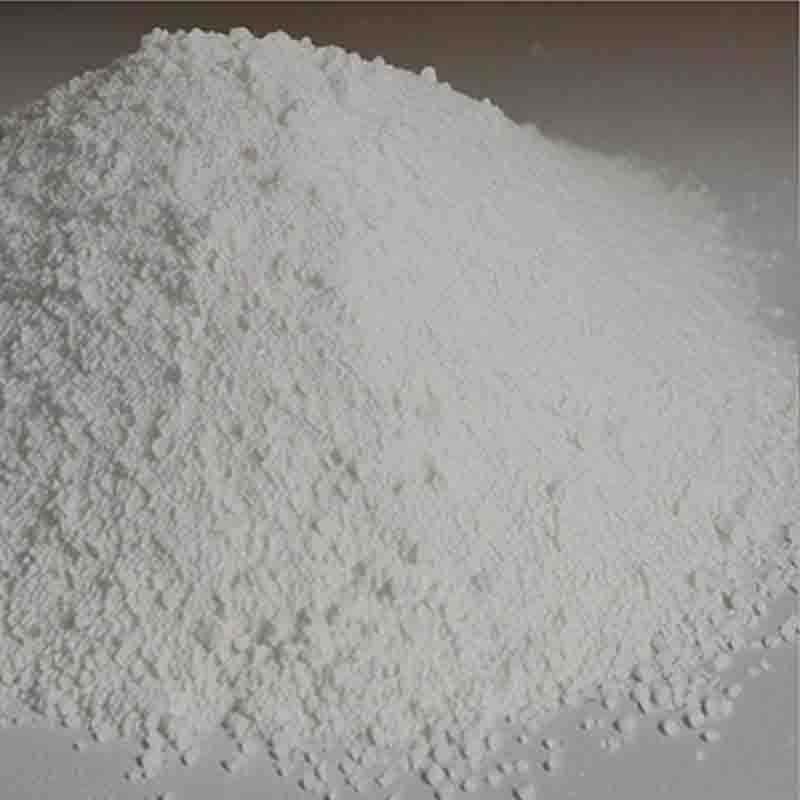4-(4-Fluorophenyl)-6-isopropyl-2-[(N-methyl-n-methylsulfonyl)amino]pyrimidine-5-yl-methanol CAS: 147118-36-3
| Catalog Number | XD93412 |
| Product Name | 4-(4-Fluorophenyl)-6-isopropyl-2-[(N-methyl-n-methylsulfonyl)amino]pyrimidine-5-yl-methanol |
| CAS | 147118-36-3 |
| Molecular Formula | C16H20FN3O3S |
| Molecular Weight | 353.41 |
| Storage Details | Ambient |
Product Specification
| Appearance | White powder |
| Assay | 99% min |
4-(4-Fluorophenyl)-6-isopropyl-2-[(N-methyl-N-methylsulfonyl)amino]pyrimidine-5-yl-methanol, also known as Z6, is a chemical compound with potential applications in the pharmaceutical field. Its unique structure and functional groups make it an interesting candidate for drug discovery and development.One potential use of Z6 is as an anti-inflammatory agent. Inflammation plays a role in many diseases, including rheumatoid arthritis, inflammatory bowel disease, and asthma. Z6's fluoro-substituted phenyl group and pyrimidine core make it suitable for interacting with specific targets involved in the inflammatory process, potentially leading to the development of novel anti-inflammatory drugs.Z6 also holds promise as an antiviral agent. Viral infections remain a significant global health concern, and there is a constant need for new and effective antiviral therapies. The presence of the isopropyl group in Z6 enhances its hydrophobic properties, allowing it to potentially penetrate viral membranes and inhibit viral replication. Its structural features can be optimized to specifically target viral enzymes or proteins, leading to the development of potent antiviral drugs.Additionally, Z6 may have applications in cancer therapeutics. The fluoro-substituted phenyl group and pyrimidine core are often found in compounds with anticancer activity. By modifying the Z6 structure, it may be possible to create derivatives that selectively target cancer cells, inhibiting their growth and inducing apoptosis while sparing healthy cells. The compound's solubility and stability can also be optimized to improve its efficacy and reduce potential side effects.Furthermore, Z6 can be used as a starting point for the synthesis of small molecule libraries or chemical scaffolds. It offers flexibility for modification and optimization, allowing for the exploration of structure-activity relationships and the identification of lead compounds for further development.In summary, Z6 is a promising compound with potential applications in the pharmaceutical field. Its structural features and functional groups make it suitable for various therapeutic purposes, including anti-inflammatory, antiviral, and anticancer applications. With further research and development, Z6 and its derivatives hold the potential to make significant contributions to drug discovery and contribute to the development of novel and effective therapies.


![4-(4-Fluorophenyl)-6-isopropyl-2-[(N-methyl-n-methylsulfonyl)amino]pyrimidine-5-yl-methanol CAS: 147118-36-3 Featured Image](https://cdn.globalso.com/xdbiochems/白色粉末1130.jpg)
![4-(4-Fluorophenyl)-6-isopropyl-2-[(N-methyl-n-methylsulfonyl)amino]pyrimidine-5-yl-methanol CAS: 147118-36-3](https://cdn.globalso.com/xdbiochems/粉末147.jpg)





